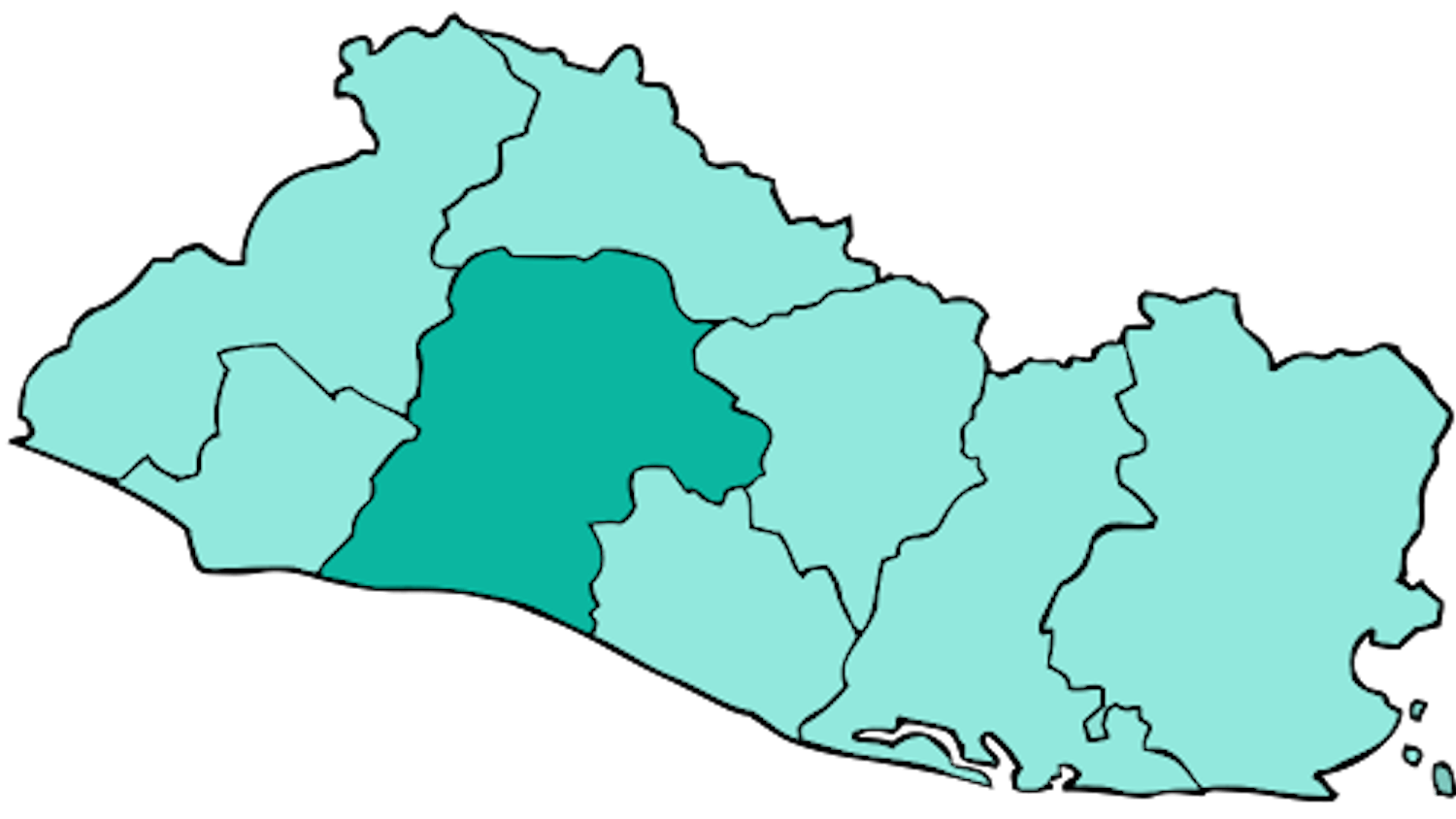By Rajika Chauhan
Staff Writer
Taiwan experienced its strongest earthquake in 25 years on April 3, registering 7.4 on the Richter scale. The quake killed nine people and injured 1,038 others, with its epicenter close to the densely populated county of Hualien, according to Reuters.
The earthquake struck around 8 a.m, while many residents were in the middle of their commutes.
Maya McKelvey, a sophomore communications major at the College, is currently studying abroad in Tamkang University in Tamsui District, New Taipei. She provided a perspective on the local response to the earthquake in an interview.
“Inside the AirBnB I was staying in, everything was shaking including the TV, dressers, curtains, and bed, but it wasn't as hard of a shake in where everything was falling. The earthquake happened at around 7:59 a.m., and we received two emergency alerts from our phone before the earthquake started…Before I could even register what was in the alert the whole AirBnB started shaking,” McKelvey said.
“I think for those that were outside or in their cars on the road to next mountains, the emergency alerts would not have been as helpful since as soon as they sent the second one, the earthquake started leaving people with not enough time to find open shelter. However, we did receive one earlier emergency alert so people knew that something could happen.”
The island country is located within a zone of convergence between the Philippine Sea Plate and Eurasian Plate, which converge nearly 3.0 inches per year at the site of the earthquake, according to the New York Times. As a result, earthquakes are common in Taiwan.
Taiwan’s preparedness for such an earthquake has progressed significantly since its largest and most destructive quake in 1999, a 7.9 magnitude earthquake which killed 2,500 people. According to the New York Times, that quake was 90 miles south of Taipei, leaving more than 10,000 people injured and more than 100,000 buildings damaged or destroyed. Taiwan has since invested heavily in strict building codes and regulations, urban search and rescue teams and educational public campaigns.
By late in the afternoon on April 3, there had been more than 201 aftershocks, many of them over magnitude 5. According to the NYT, the earthquake struck just prior to the holiday weekend of Ching-Ming, a time when many Taiwanese visit the tombs of their ancestors, some of which are located in the mountains. Officials advised residents not to travel over the weekend due to the possibility of further aftershocks and tremors.
Yi-Ying Wen, an earthquake expert at National Chung Cheng University in Taiwan, said in a statement to the New York Times, “We should expect that the size of the aftershocks will slowly get smaller and smaller over the next two weeks.”
Hualien County specifically reported more than 14,000 households had been left without water and 1,000 without power. 93 people were stranded by damage in the aftermath of the earthquake. The streets of Hualien were overcome by chaos and panic in the hours after the earthquake, with many people sitting on fields and refusing to return to buildings out of fear of future tremors.
Particular devastation occurred near the Uranus Building in Hualien, a large brick building with glass windows, which partially collapsed during the earthquake and was left leaning over at a 25 degree angle, according to NPR. The building was previously damaged and repaired after the 2018 Hualien earthquake, but is now slated to be demolished.
Residents in the building exited through windows and climbed down ladders after the earthquake, with one individual dying. Three hikers were killed by falling rocks on a trail in nearby Taroko National Park.
McKelvey noted that the public sentiment appeared to be quite stable even after the earthquake, with many continuing on with their regular schedules.
“People still carried on with their lives and I heard that some students who were on spring break continued their itineraries the same day after the earthquake,” McKelvey said. “In class, most of my professors talked about the earthquake and showed videos surrounding the damage it caused…I do remember one earthquake that happened in the East Coast of the U.S., but I barely felt it, so this one in Taiwan definitely left an imprint on me.”







